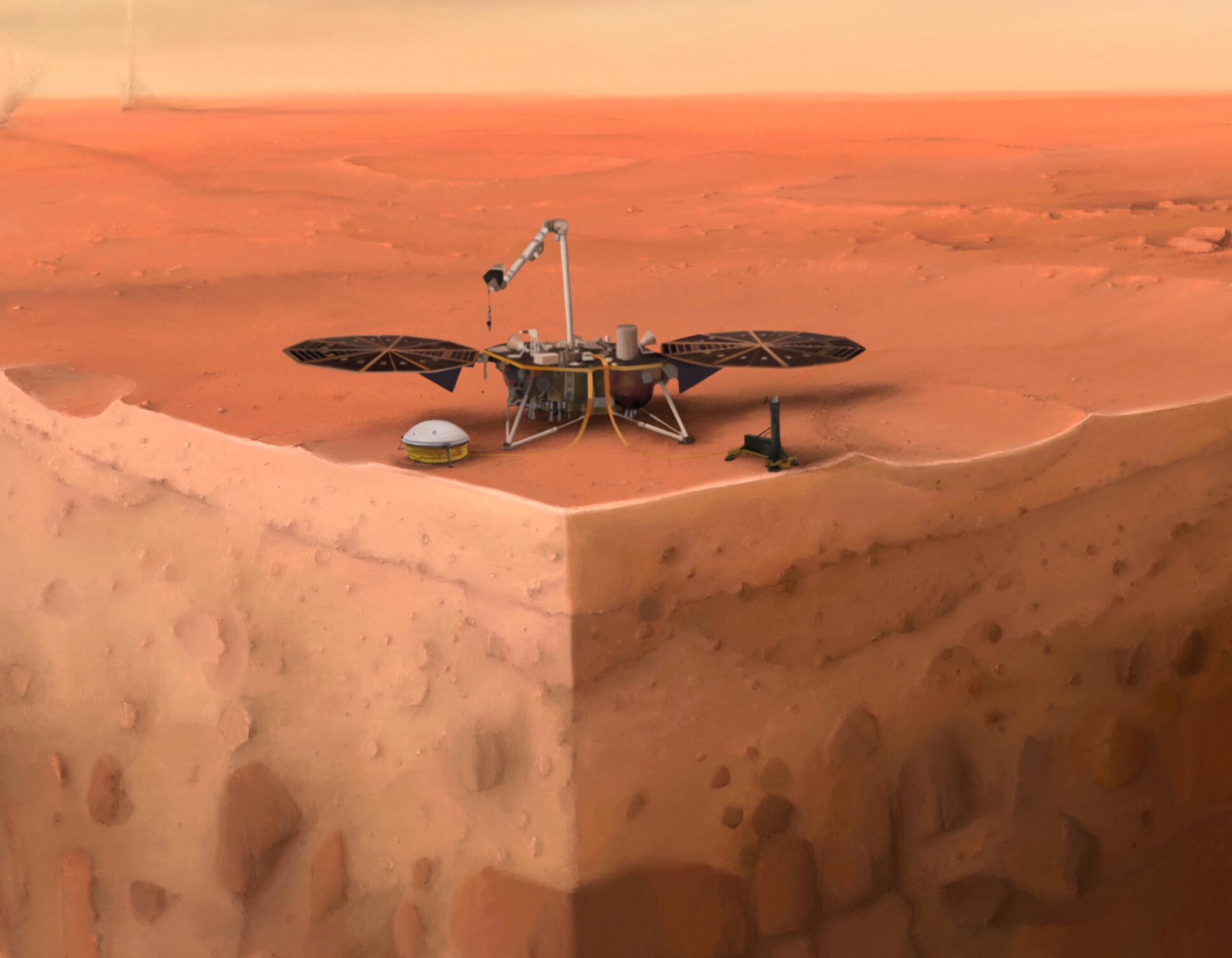
NASA’s Perseverance rover has identified a peculiar rock on Mars that may be an iron-nickel meteorite, according to mission scientists. The rock, dubbed Phippsaksla, measures over 2.5 feet in width and is notable for its height above the flat, fractured landscape. Perseverance analyzed it while surveying outside Jezero crater, where it landed in 2021. Captured in photographs on Sept. 2 and Sept. 19, the public only became aware of this discovery after a federal government shutdown postponed NASA’s communications until Nov. 13.
If confirmed, Phippsaksla would mark Perseverance’s first meteorite find. The Curiosity rover has discovered numerous metal-rich meteorites in Gale Crater, located about 2,000 miles away, while previous rovers Opportunity and Spirit have also located similar rocks. The absence of comparable findings by Perseverance has intrigued researchers.
“It has been rather surprising that Perseverance has not encountered iron-nickel meteorites within Jezero crater,” stated Candice Bedford, a research scientist at Purdue University, in a delayed mission update from Oct. 1, “especially given its comparable age to Gale crater and the multitude of smaller impact craters indicating that meteorites would have fallen on the crater floor, delta, and rim over time.”
Preliminary data from Perseverance’s SuperCam, which utilizes a laser to investigate rock composition, revealed elevated iron and nickel concentrations, characteristic of meteorites originating from large asteroids. This indicates that the rock likely formed elsewhere prior to its arrival on Mars.
Meteorites are prevalent within the solar system yet more challenging to locate on Earth. Scientists estimate around 48.5 tons reach Earth every day, primarily disintegrating in the atmosphere or landing in oceans. Only roughly 60,000 meteorites have been cataloged on our planet.
Most meteorites originate from asteroids, with some deriving from the moon or Mars. At least 175 Martian meteorites have been discovered on Earth, all of which are igneous rocks that crystallized from magma. On Mars, iron-nickel meteorites endure well due to the thin atmosphere and extreme conditions. Since 2005, The Meteoritical Society has validated 15 Martian meteorites found by rovers. Curiosity’s 2023 finding of a foot-wide rock named Cacao, believed to be metal-rich, has yet to be included.
Researchers propose that iron meteorites might better withstand erosion on Mars, clarifying why some are found on level terrain rather than within craters. In certain instances, a crater may have eroded away, leaving the rock exposed.
Perseverance is currently investigating older bedrock impacted by past events outside Jezero crater, where meteorites could potentially be more prevalent. Scientists intend to conduct further analyses to uncover Phippsaksla’s origins.
“If this rock is determined to be a meteorite,” Bedford noted, “Perseverance can finally include itself among the list of Mars rovers that have explored the remnants of rocky visitors to Mars.”